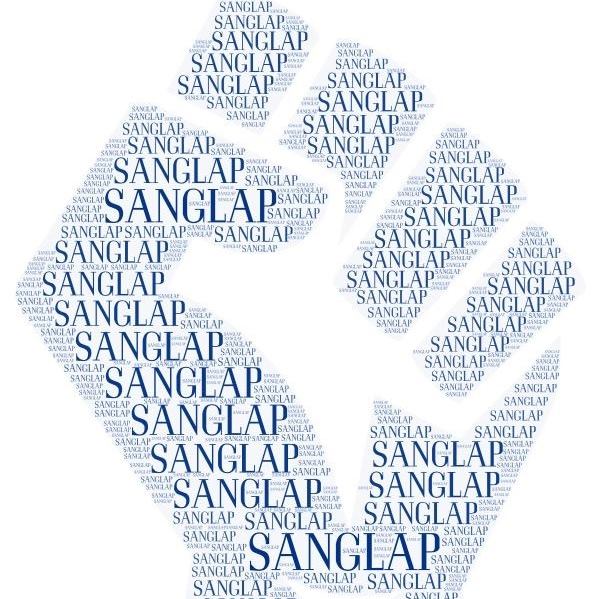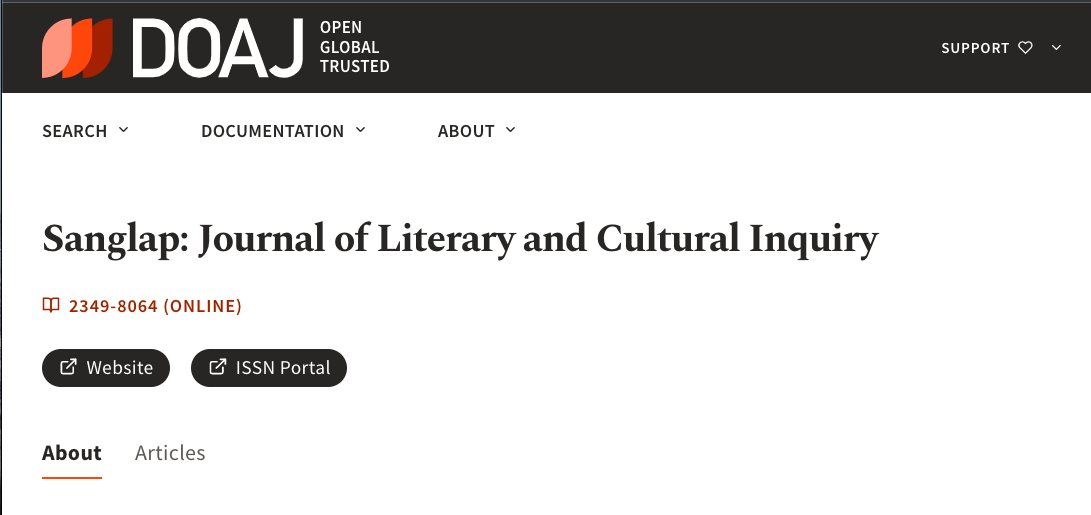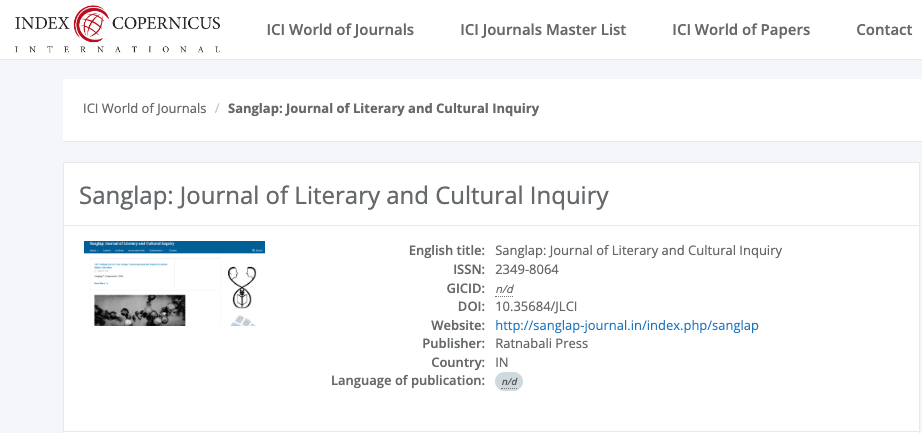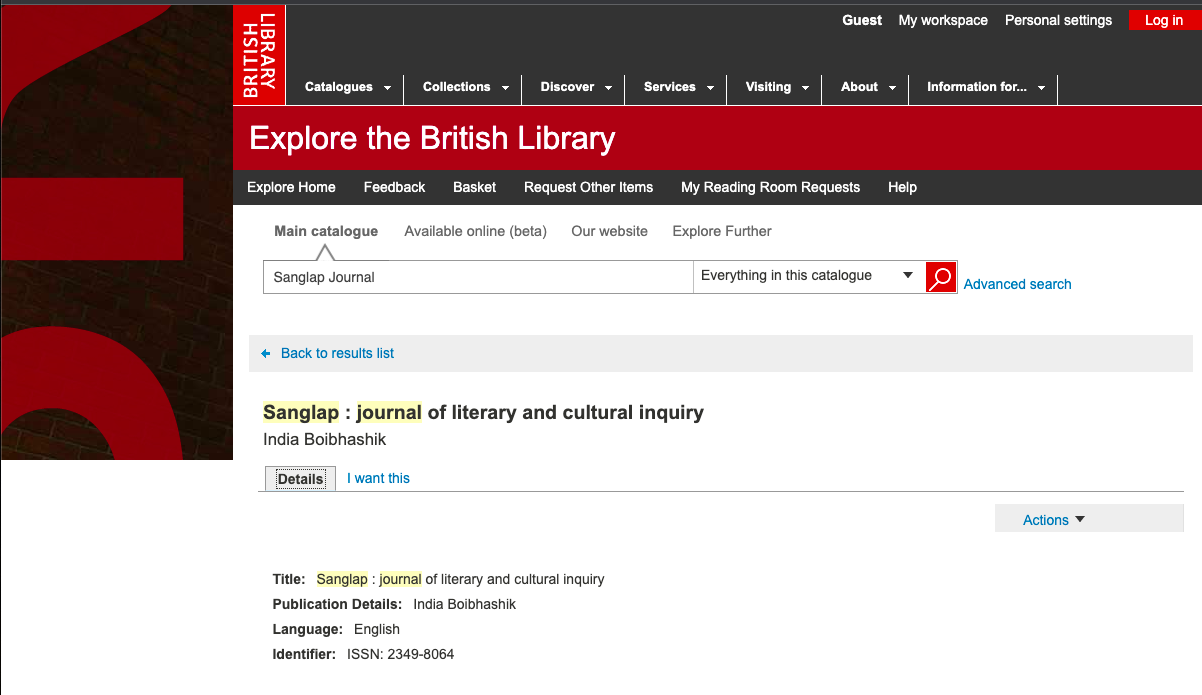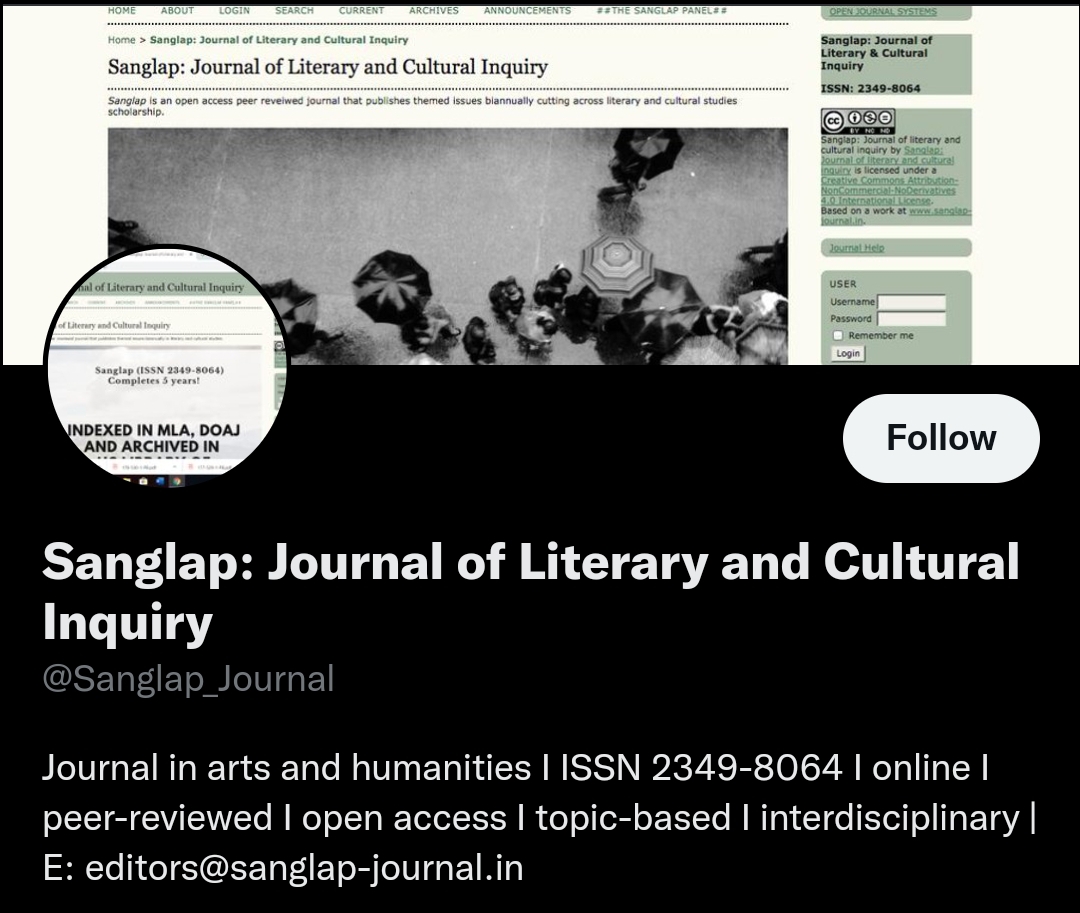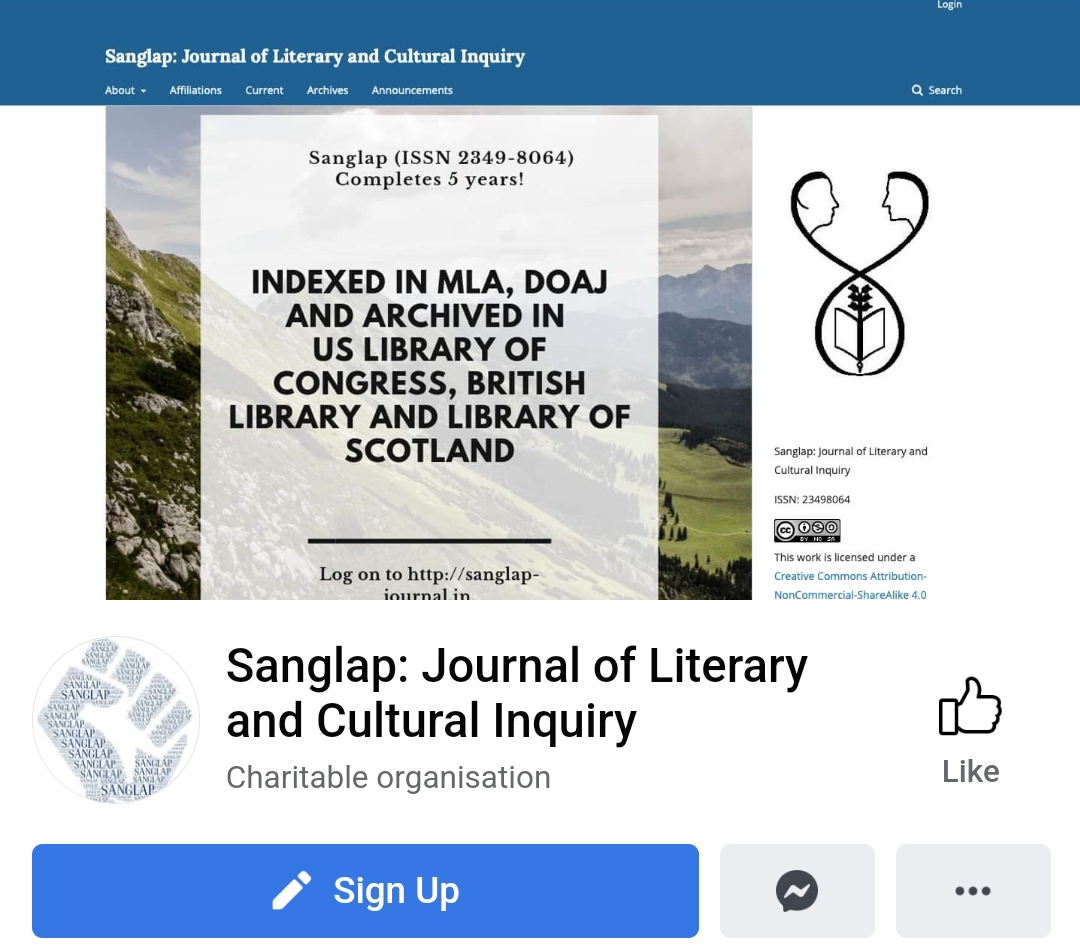Helene Cixous’s Portrait of Dora: Dora’s Double and the Dramatic Form
DOI:
https://doi.org/10.35684/JLCI.2022.8205Keywords:
Hysteria, bisexuality, ecriture feminine, theatricality, Utopian desireAbstract
A certain element of precariousness is present in Freud’s text of the case study of Dora. Like other late nineteenth century works, this piece of writing which Freud calls a ‘case history’, is enclosed within the context of a ‘movement’ (the ‘psychoanalytic’ movement). However, unlike the literary or artistic productions associated with literary or cultural movements, Freud’s case history treads the slippery terrain between the medical science of psychoanalysis and literature, where on the one hand, its theoretical formulations seem to require the rigour of science, demanding narrative linearity and closure, and on the other hand, the knowledge that it would seek is paradoxically in the realm of human affairs, demanding openness to interpretative possibilities. Feminist critics and thinkers have questioned the interpretations of Dora’s illness offered by Freud and thus pointed to the instability in the hysteria archive. Drawing upon Helene Cixous’s insights into Dora’s bi-sexuality and into theatre as a medium that contributes to the psychic drama of hysteria, this paper reads the play “Portrait of Dora” by Cixous in order to suggest that the play attempts an ‘orthodramatisation’ in Lacanian terms of the patient’s subjectivity, which reverses the logic of identifications available to Dora in the scene of the analysis. Cixous’s fascination with the Dora case throws up some moot questions: What may be the distinct issues pertaining to the function of therapy and the cultural evaluation of hysteria that Freud’s case history of Dora leaves unattended or unresolved? How does Dora, as the resistant heroine, appear as an unstable sign within the double trajectory of the repressive past/the unhappy present and some Utopian future? Can there be an alternative/liminal ‘outside’ to the therapeutic context and its history where the hysteric could appear, and how could that liminality translate into the audience or spectator’s experience of the stage’s different mediums such as the visual images, overhead voices, and spoken lines? Who or what might be speaking the lines in the play, and to whom might they be addressed? The aim of the paper will be to address these questions and to demonstrate how the theatrical medium of the play written by Cixous offers insights into the revolutionary possibilities but also into the limitations of hysteria in terms of its transmissibility.





